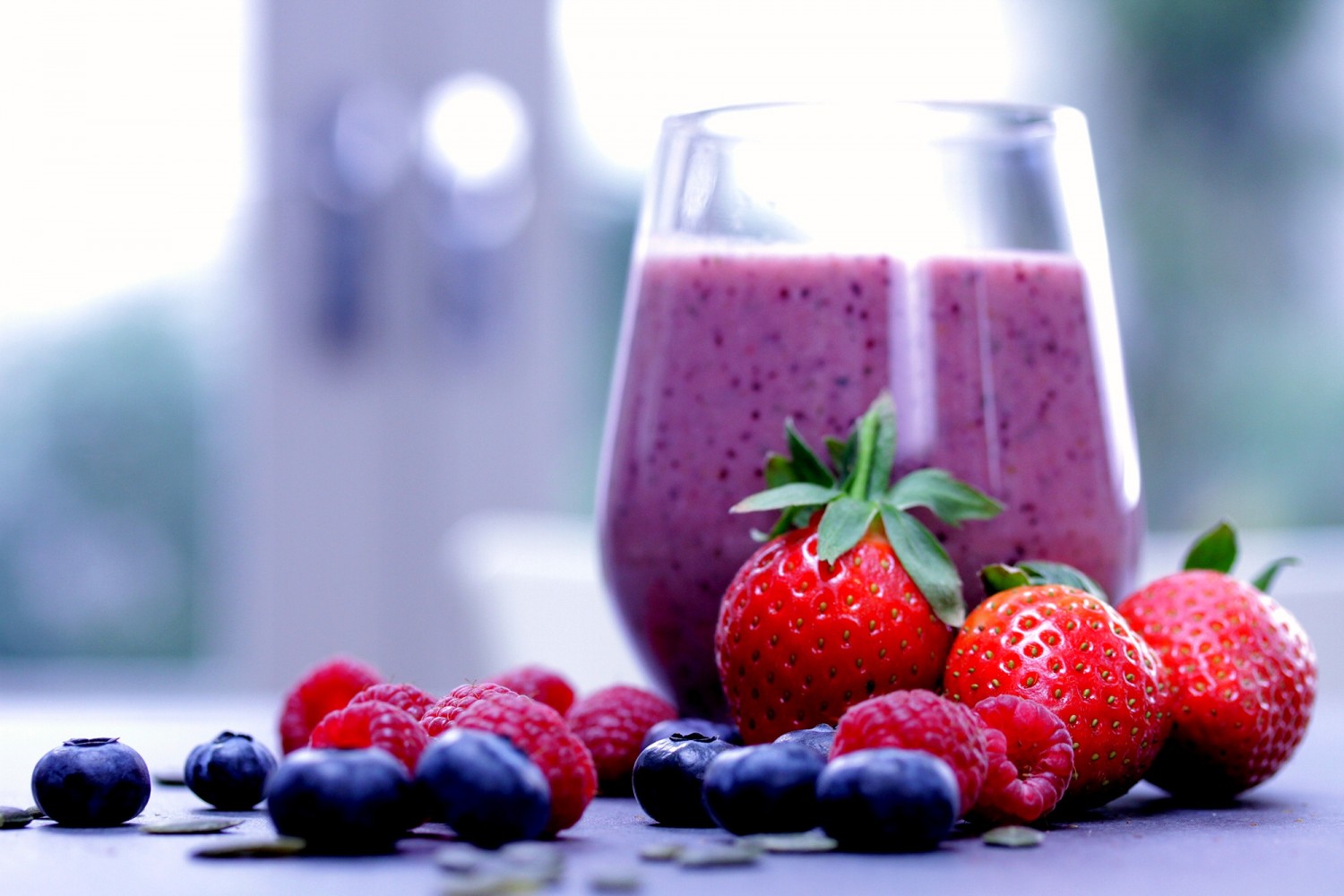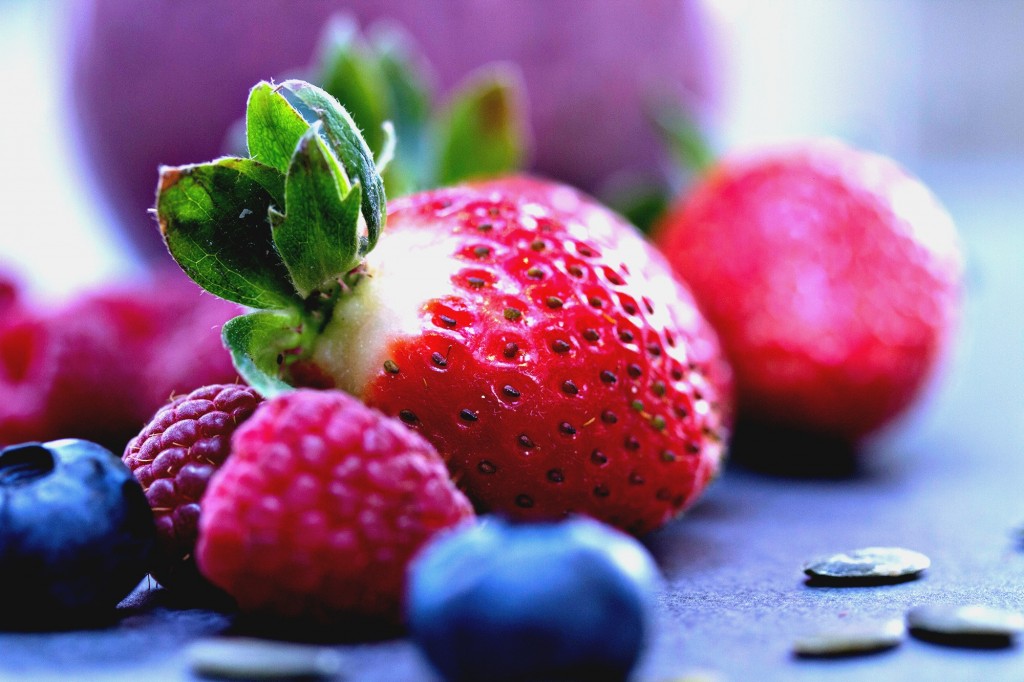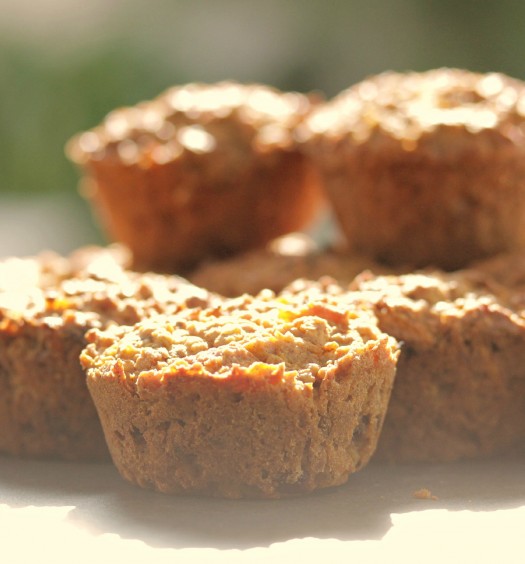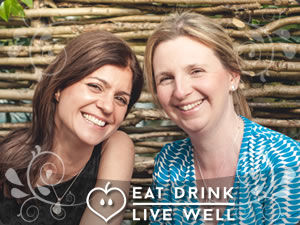I blame myself for my daughter’s aversion to berries. I spent the weaning time so focused on including nutrient-dense vegetables that I assumed she would be sure to love the sweetness and colourfulness of berries. Wrong, I had a daughter that would happily eat raw kale but offer a blueberry and it would go sky-high and disappear – later to be found as a purple splat on the walls or floor.
So I recently took it upon myself to change things. Strawberries have never been a problem so I started making strawberry and coconut milk smoothies, discretely adding in other berries. In no time we were throwing all sorts of things into smoothies and now often add a little spinach too. Kids love smoothies and are happy to drink the very foods they often reject so it is a great way of getting them used to certain flavours and to also ensure they are getting enough fruit and veg – especially important for fussy eaters.
For this recipe I use our coconut milk recipe which is so simple, just two ingredients and tastes even better than anything you can buy. Alternatively use the carton found on the supermarket shelves with ‘alternative’ milks. You can use any milk you like but it’s not ideal for kids to have too much dairy and coconut milk actually contains more calcium than ‘normal’ milk. It also tastes great in tea, white sauces and for making pancakes, so a great find all in all. Not only is it really good for you – being rich in beneficial fats, vitamins and minerals – it also adds a delicious exotic flavour, not to strong to be too noticeable but just a hint of coconut.
Ingredients
1/2 cup strawberries
1/2 cup blackberries
1/2 cup raspberries,
1/3 cup blueberries
100 mls coconut milk
1/4 cup pumpkin seeds
To make the smoothie, just stick the lot in a blender until it’s a liquid. Pour and drink quickly as blueberries turn into this jelly kind of texture if blended and left to hang around for too long.
Benefits
Berries: all of them have high levels of vitamins and minerals but it’s the phytochemicals and flavonoids that really excite me. This is what gives them such rich colours and why they are known for their disease-protective qualities.
Pumpkin seeds: rich in healthy fats, protein and also a valuable source of magnesium. I try to encourage my kids to eat them regularly; on yoghurt, in porridge or just as a quick snack.
We hope you enjoy this recipe, let us know your thoughts in the comments below or on our facebook page and don’t forget to sign up to our newsletter to receive more recipes, nutrition tips and expert advice.






